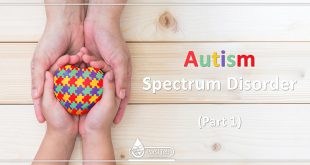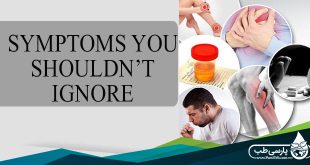Autism: The importance of early autism diagnosis before the age of three is mentioned in the previous article.
So, we will discuss about the therapeutic approaches in the present article.
Treatment of autism includes several approaches: behavioral treatments, drug treatment, integrated therapy and etc.
In this article, we will briefly describe each of these treatments.
Behavioral treatments
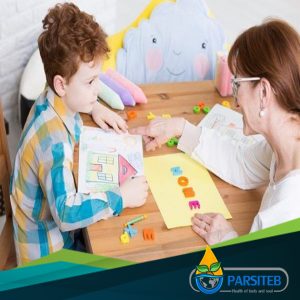
After diagnosis of autism, one of the treatments is behavioral therapy.
The scope of this type of treatment is widespread and helps the child to speak after a while and communicate with other people.
These therapeutic approaches, known as Applied Analysis of Behavior, which is an integrated program, are progressing step by step, based on encouraging positive activities and lack of encouragement of negative activities and behaviors.
Another approach to this program is to improve emotions and social skills through methods such as the use of video cards and other visual and audio signals.
Education

It is advisable to create a special education service system for autistic children at school age.
This service can include speech and occupational therapy.
On the other hand, schools should to develop individual education for children, and the parents of autistic children should be trained to provide early intervention for the treatment of the disease.
Medication

There is no specific treatment for autism. However, some nerve agents or antidepressants may be prescribed in severe cases.
It may be effective in treating severe behavioral problems.
Sometimes autism is associated with seizure, in this case, the use of anticonvulsants could be helpful.
If the doctor prescribes the medicine, the child’s response to the drug should be carefully checked.
Treatment through the integration of emotional skills
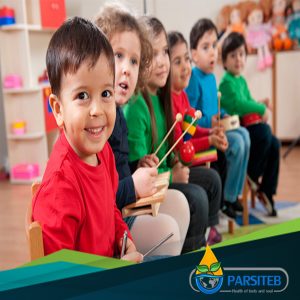
Children with autism may be highly sensitive to some sounds, touches some objects, smells and etc. For example, they may be lethargic or lightbulped.
Studies have shown that through adjusting and combining different feelings, better behaviors and responses can be observed from autistic children.
There are new concepts in the world called healing gardens. Healing gardens refer to places where people can be used to enhance different senses through the properties of olfactory, tactile, visual effects of different plants.
Using such places for autistic people could be very helpful.
Autism and technology
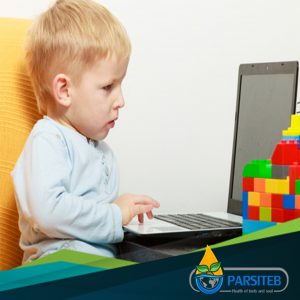
Today, using new technologies, apps have been created to help various patients, including those with autism.
In many cases, even children who cannot communicate verbally due to severe cases of autism, images can be converted to text and spoken words using these apps on smartphones or tablets.
Such technologies are very effective in communicating effectively between the family and, at a later stage, the community and the person with autism.
Autism and Diet

Gastrointestinal problems, especially constipation, are very common in autistic children.
About 30% of them may also have unusual nutritional behaviors, such as eating dirt or paper.
In some studies, gluten-free casein has been prescribed, and in others, the use of B6 and magnesium supplements has been emphasized for patients with autism.
At first, they should treat constipation, and then use a perfect diet.
Autism between children of a family
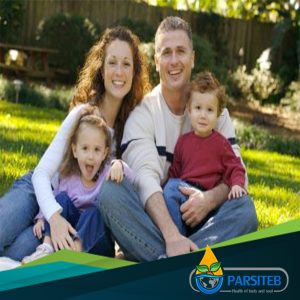
Scientific studies have shown that in families with autistic children, the likelihood of having a second child is about 19%.
However, if two children have autism in a family, the likelihood of a third child getting autism is much higher.
Scientific studies between twins have shown that in non-identical twins, the probability that if one of them had autism, the other had this problem is 31%. For identical twins it was 77% .
Living with Autism
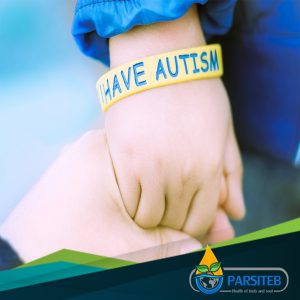
As described in the autism treatment section, if you have early diagnosis of this disease and well educated, you can reduce the severity of problems.
Many autistic people can acquire high-quality degrees and interact in society, with only a small percentage of them unable to appear in the community, which plays a crucial role in these people.
These people should be trained for specific occupations that they can live independently.
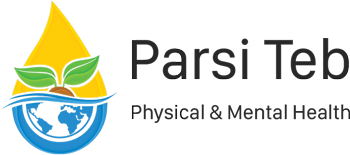 Parsi Teb Physical and Mental Health Journal
Parsi Teb Physical and Mental Health Journal 
